Tourist Places in BuxarIntroductionBuxar is a Nagar parishad city in the Indian state of Bihar, bordering the districts of Balia and Ghazipur in Uttar Pradesh. It is the headquarters of the eponymous Buxar district and also the headquarters of the community development center of Buxar, including the census town of Sarimpur with 132 rural villages. In this vicinity, the famous battles of Chausa and Buxar were fought. 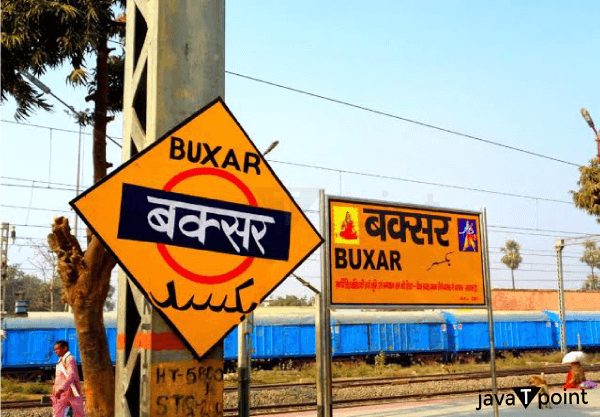
Buxar Railway Station is in the eastern central Indian railway zone on the Patna-Mughalsarai section of the Howrah-Delhi main line. It is about 125 km from the state capital Patna. In Buxar, Bhojpuri is the most widely spoken language.
Now let's look at the tourist places in buxer Battle of ChausaThe Battle of Chausa was a significant military battle between Humayun, the Mughal Emperor, and Sher Shah Suri, the Afghan warlord. It occurred on June 26, 1539, 10 miles southwest of Buxar in modern-day Bihar, India. Sher Shah Suri was helped by his friends, the Ujjainiya Rajputs of Bhojpur, and the Gautam Rajputs were led by commander Gajpati Ujjainia. Humayun escaped from the battlefield to save his life. Sher Shah was very victorious and crowned himself as Far?d al-D?n Sh?r Sh?h. Humayun split Bengal into Jagirs for his commanders and adored luxuries. 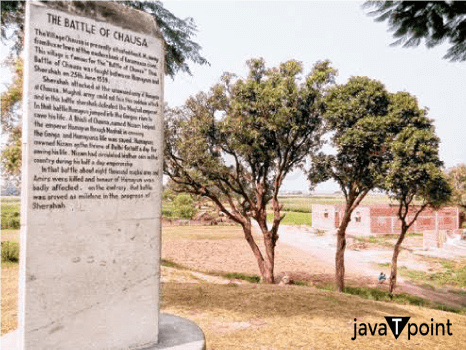
Meanwhile, Sher Khan took control of various districts and terminated Humayun's settlements with Agra. Humayun marched towards Agra through the Grand Trunk Road to apply pressure on Sher Khan, but Sher Khan provoked Humayun to recross the Ganga to its southern side at Chausa. Both forces stayed encamped for three months when Sher Khan cleverly engaged Humayun in peace talks. Sher Khan attacked the Mughal army as the rains began, causing much uncertainty among them. The Mughal camp was inundated, and many soldiers were slaughtered by the Afghans, with around 8,000 drowning in the flooded Ganga. Sher Khan took the Mughal camp with their artillery and harem. Sher Khan was sympathetic to the harem ladies and made plans for their safe return to Humayun. Banke Bihari TempleThe Banke Bihari Temple is a Hindu temple in Vrindavan, Mathura district, Uttar Pradesh, India. The temple is devoted to Banke Bihari, who is thought to be a combined form of Radha and Krishna. Banke Bihari was first worshipped in Nidhivan in Vrindavan. Later, when the Banke Bihari temple was built in about 1864, the icon of Banke Bihari was relocated to the new shrine. The symbol of Radha Krishna's combined form stands in the Tribhanga posture in Banke Bihari temple. Swami Haridas first worshipped this murti as Kunj Bihari, which means "one who enjoys in the groves" or "Kunj of Vrindavan." History of Banke Bihari TempleThe Banke Bihari idol is thought to be the combined form of the celestial couple Radha Krishna. Swami Haridas, a Vrindavan musician and saint, was said to be the incarnation of Lalita Gopi, a close associate of Radha Krishna in their celestial residence, Goloka. Swami Haridas was the guru of Tansen, a well-known vocalist. 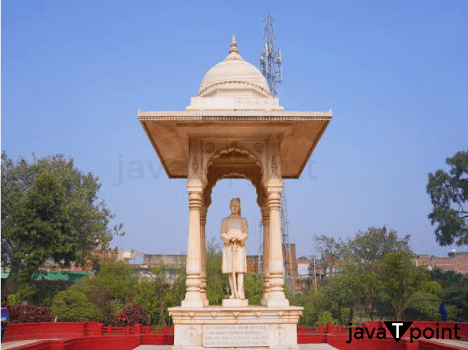
According to popular legend, Swami Haridas reportedly sang the following verse at Nidhivan in honor of the holy pair Shyama Shyam (Radha Krishna) at the request of his pupils. Brahmeshwar Nath TempleBrahmeshwar Nath Temple is one of the most important Shiva temples in Bihar, located in the Buxar district. Shaivaites from all over the country come to perform special pujas and yajnas on Mahashivratri. The temple of Lord Shiva is thought to have been built in prehistoric times, while the actual history of its construction has yet to be discovered. A well-known legend about Lord Shiva's Brahmapur Temple revolves around the powerful Muslim emperor Ghaznavi, who planned to steal all the wealth of the Shaivite temple and destroy Lord Shiva's abode despite warnings from the villagers and devotees that no one could protect him from Mahadev's wrath. The pompous monarch did not listen to the locals and ridiculed the Lord by denying His existence. He challenged Mahadev that if the temple entrance shifted from east to west in the morning, he would leave the temple uninjured. When the emperor arrived in the morning to ravage the temple, he was astounded to see the temple's entrance in the west. The emperor recognized Lord Shiva's might and withdrew without looting the shrine. The temple entrance faces west, distinguishing the Brahmeshwar Nath temple of Buxar from all other Shiva temples that face east. Since the days of Ramayana and the Mahabharata, Bihar has been the center of fascination for its engagement. Pataliputra, now in Bihar, was also the capital of the great Mauryan Empire. Many valuable relics of Emperor Chandra Gupta Maurya, Bindusara, and the mightiest of them all, Emperor Ashoka, can still be found today. 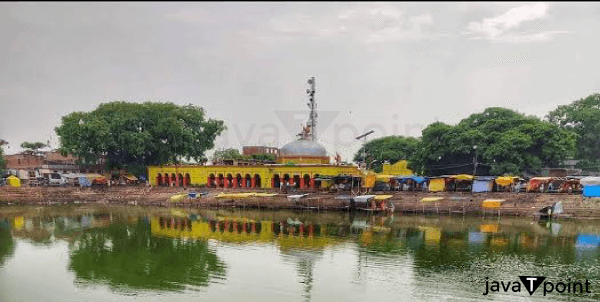
Furthermore, during ancient times, Bihar proudly housed learning centers such as the famous Nalanda University and the illustrious Vikramshila University. The state is proud of its prominent religious culture, an enriched tradition that built up associating various notable temples in Bihar. Bihar's culture also includes the lively Madhubani and Manjusha arts. Sita Ram Upadhyay MuseumThe Sita Ram Upadhyay Museum is located in Buxar Quila on Ram Rekha Ghat Road. The museum first opened its doors in 1979. The Sita Ram Upadhyay Museum contains many archaeological artifacts, coinage, and manuscripts. Shri Sita Ram Upadhyaya gave the museum his collection. The Mauryan and Shungan period terracotta collection is particularly noteworthy. The Sita Ram Upadhyay Museum is closed on Mondays, Chhatha, Independence Day, Republic Day, Holi, Dussehra, and May Day. The district headquarters are in Buxar. 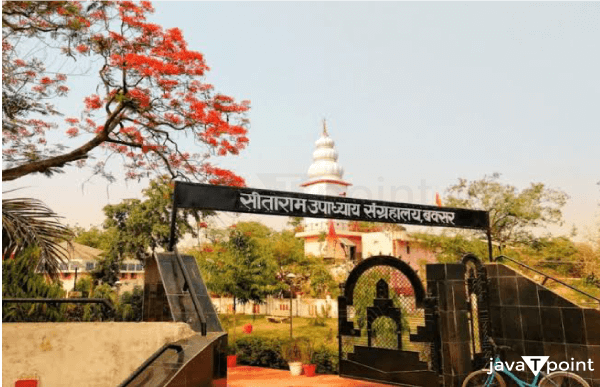
A road bridge over the Ganges connects Buxar to the neighboring state of Uttar Pradesh's Ballia district. Indian travel agents provide unique hotel discounts ranging from affordable to deluxe hotels in India. Rail and road lines connect the town to the state capital of Patna. A significant part of trade activity is with well-connected Uttar Pradesh towns and cities like Varanasi, Ballia, and Ghazipur. The Ganges RiverThe Ganges (/??ændʒi?z/ GAN-jeez) (in India: Ganga (/??ʌŋ?ɑ?/ GUNG-ah); in Bangladesh, Padma (/?pʌdmə/ PUD-mə)) is an Asian river that flows through India and Bangladesh. The river begins in the western Himalayas in the Indian state of Uttarakhand, at a length of 2,525 kilometers (1,569 miles). It travels south and east through North India's Gangetic plain, receiving the right-bank tributary, the Yamuna, which rises in the western Indian Himalayas, and several left-bank tributaries from Nepal, which account for most of its flow. 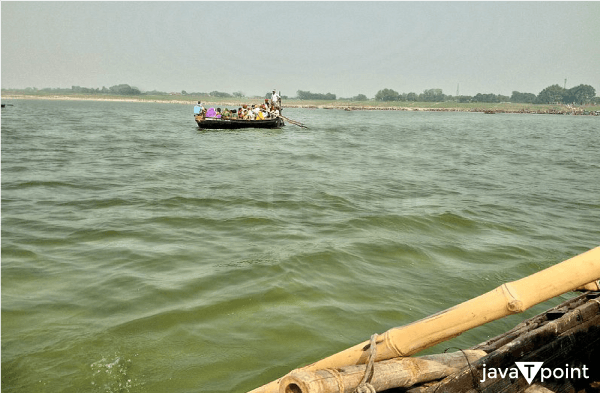
A feeder canal branching off from its right bank diverts 50% of its flow southward, artificially connecting it to the Hooghly River in West Bengal, India. The Ganges flows into Bangladesh, where it is known as the Padma. The Jamuna, the lower Brahmaputra stream, and eventually the Meghna join it by forming the primary estuary of the Ganges Delta and flowing into the Bay of Bengal. By discharge, the Ganges-Brahmaputra-Meghna system is the world's second-largest river system. ConclusionBuxar has a unique blend of historical, cultural, and natural assets that make it an enticing tourist place. Its great historical significance as represented by the Battle of Buxar adds to its attractiveness. The Ganges' serenity alongside the town provides a calm scenery for visitors to relax and refresh. Architectural wonders like the Buxar Fort and Katkauli Ka Maidan provide glimpses into the region's well-known history.
Next TopicTourist Places in Bagalkot
|
 For Videos Join Our Youtube Channel: Join Now
For Videos Join Our Youtube Channel: Join Now
Feedback
- Send your Feedback to [email protected]
Help Others, Please Share









